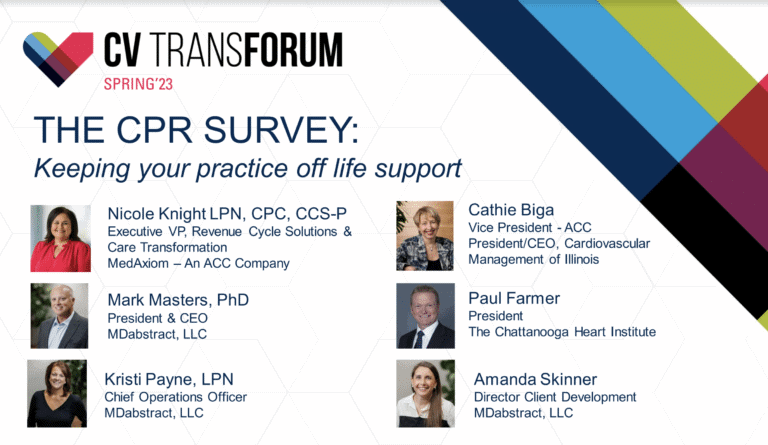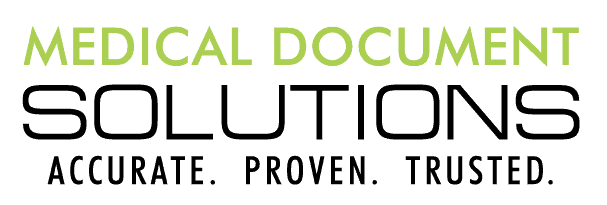Preserving historical clinical data is a must when moving to a new EHR system.
More than two years after PwC christened 2016 the year of “merger mania” in healthcare, merger and acquisition (M&A) deals still abound.1 Currently, hundreds of M&A deals are being signed across the industry – and, as a consequence, a larger number of healthcare organizations find themselves in the daunting position of adopting or migrating to a new EHR platform.2
Even without an M&A, many organizations find themselves needing to move to a new EHR system in order to best meet federal and payer reporting requirements. Yet, an EHR system is only as valuable as the data held within it. And with any move to a new platform, there are significant risks to the integrity of historical clinical data. Risks that will prevent your organization from maximizing the benefits of your new system if they are not effectively managed from the beginning of the migration process.
“Having that historical clinical data is so important to any episode of care,” said Kristi Payne, Chief Operations Officer at MDabstract. “If data is inaccurate, or incomplete, it could lead to significant issues that affect your organization on every level. The provider won’t be able to trust the chart – and proper documentation, downstream business processes and ultimately patient care will be affected.”
Payne highlighted three key steps healthcare organizations should take to ensure that data integrity is preserved during an EHR migration.
1. KNOW THE STATE OF YOUR CURRENT DATA
Too often, organizations have not fully assessed their current documentation. Is clinical data being discretely entered into defined templates or is historical information in scanned documents or narrative text boxes? Where do gaps currently exist? If your migration plan does not account for current documentation methods providers can be left without the clinical data needed in the new system.
“You need to consider whether or not there are any holes in your data,” she said. “When you are talking about migrating medical information, the importance of what ends up in the new record cannot be understated. The data must be accurate, and without gaps, and the data needs to be where providers expect to find it. Information such as whether a diagnostic test was performed or a patient already tried a particular medication is clinically important.”
As healthcare organizations start to consider a migration plan, they need to give up any assumptions that there will be a one-to-one relationship between data types and that data will just naturally flow from one system to the other. While some data is coded and can match exactly, they need to expand their migration plan, to account for narrative data gaps and mismatches. Not doing so increases the risk of disruptions to provider workflow – and, as a consequence, dangers to patient safety and proper documentation.
2. ACKNOWLEDGE ELECTRONIC MIGRATION CAN’T DO IT ALL
Information technology solutions to help with EHR migrations abound. But Payne cautioned that most rely on the discrete, codified data in the legacy system to direct where things go.
“If providers use a lot of free text in their current charting or if they were using speech recognition software, that data is usually housed in large text fields. It’s hard to pull that data out electronically,” she said. “But beyond that, different organizations and providers may use differing language or abbreviations for the same test or diagnosis. Providers often rely on the narrative information they chose to describe a patient’s condition, symptoms or episode of care and in-turn want to see it in the new record. It’s hard for these electronic solutions to interpret this information correctly as it moves the data over.”
Payne maintained that working with an experienced third party manual discrete clinical migration partner can help organizations identify the data they need – and then properly and consistently move it into the new system so it makes sense in the context of the clinical document providers will be using at the point of care.
3. VALIDATE, VALIDATE AND VALIDATE AGAIN
Healthcare organizations need to integrate quality assurance validation at every step of the migration process. “Health systems need to have a concrete process for quality auditing right from the beginning,” said Payne. “If your migration team isn’t focused on the clinical data elements to be moved and the processes to validate their accuracy in the new chart, you will not have effective, useable data when it’s needed.”
Taking the time, from day one, to understand where data sits now – and where it needs to be later – goes a long way towards a successful migration. And stopping unnecessary (and costly) work by providers on the back end.
Maintaining the integrity of historical patient data is at the heart of every EHR migration. Payne believes, with these steps, healthcare organizations can avoid common pitfalls – and know they can rely on their new EHR data to improve provider workflows, increase patient safety, and sustain productivity and revenue while cutting unnecessary healthcare costs.
References:
1 Top Health Industry Issues of 2016: Thriving in the New Health Economy, PwC Health Research Institute (December 2015).
2 US Health Services Deals Insights: Q2 2018. PwC Health Research Institute (August 2018).






